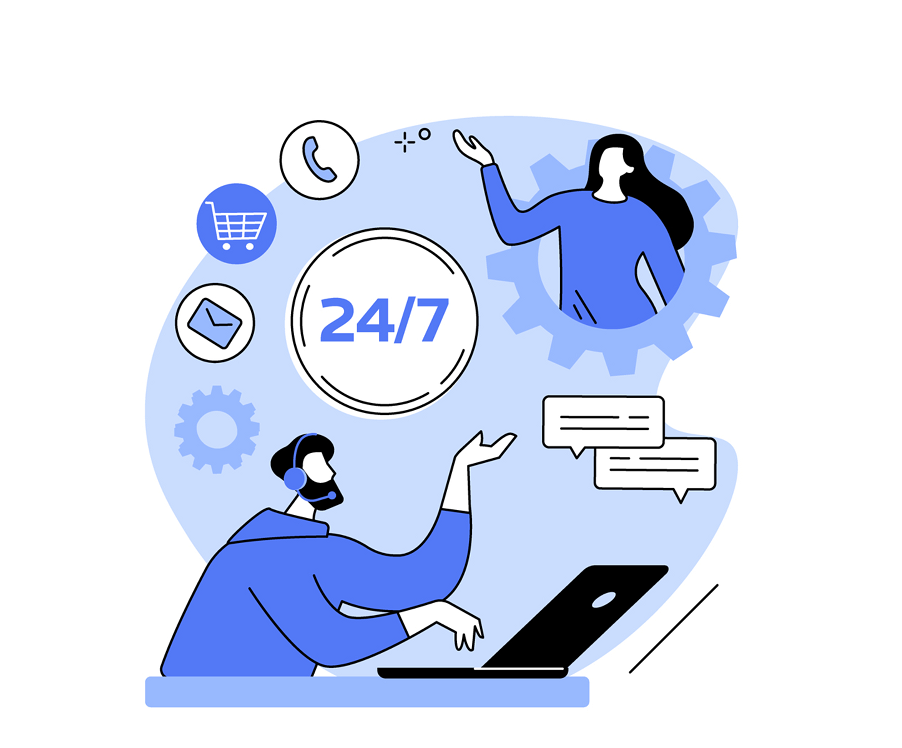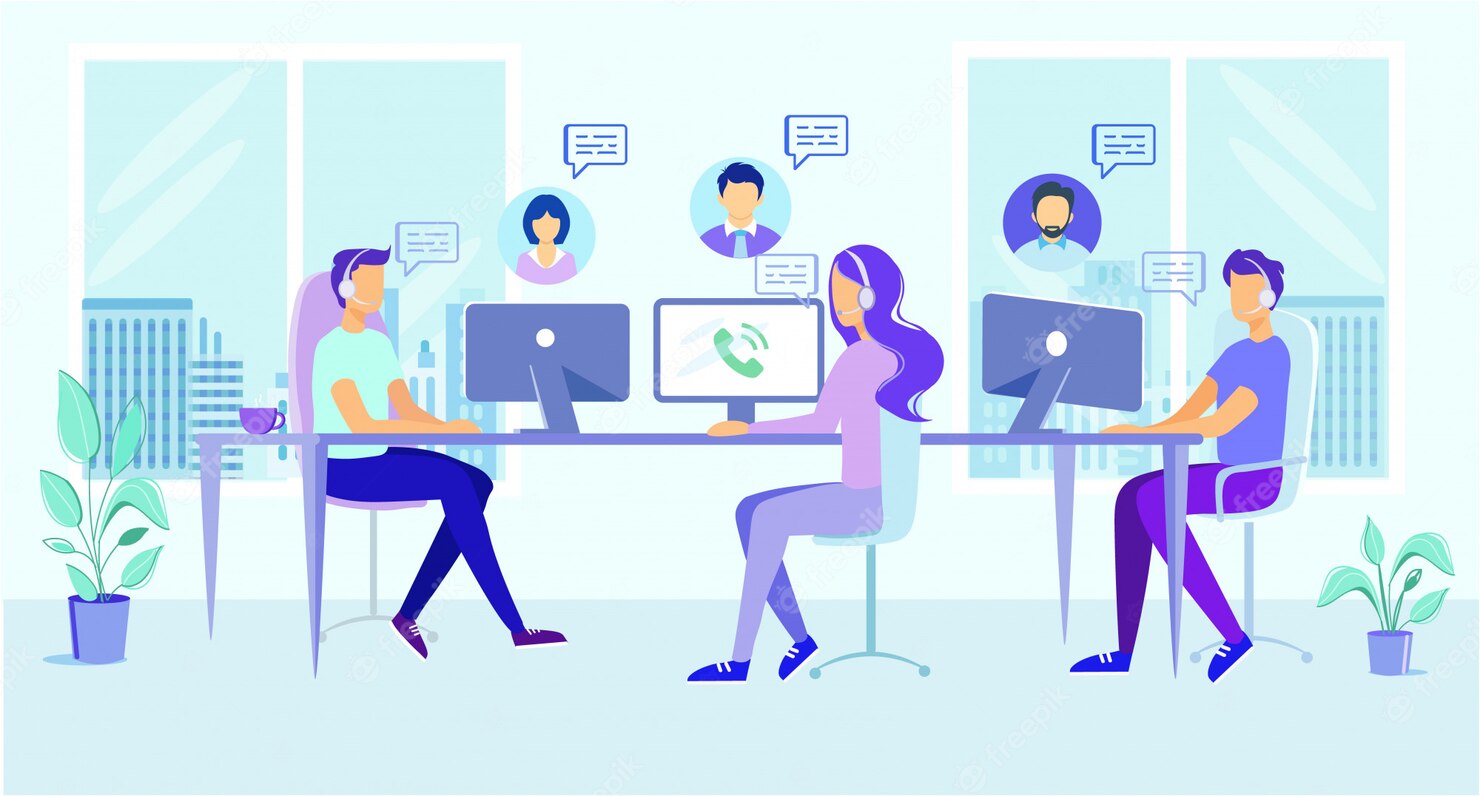
With so many ups and downs and room for mistakes – customer service can be quite tricky to master.
Reviewing and learning from your personal mistakes is one thing, but getting advice and learning from the top experts in customer service – is something else!
The people sharing their customer service best practices below have either been voted as the Top 30 Customer Service Professionals or Top 100 Most Social Customer Service Pros, while some of them have been regarded as both!
So sit down and enjoy, because there will be a special give-away surprise at the end of it all!
4 Customer Service Tips From Experts
1) Justin Flitter – Helping Businesses Grow!
We’re in the age of customer experience. No longer is customer service an after thought, only developed under pressure, out of need.
Customer Experience is the essence of your brand. Making it as easy for people to do business with you creates stickiness and desirability fueling your lead generation.
And yet with all the tools available to listen and engage across your multi-channel digital footprint, one key element continually lets organisations down.
Customer engagement and service are largely isolated to a small group of front line staff under pressure to process a high volumes of inquiries. Too often dealing with customers is a pain-point for staff who are either ill equipped or poorly prepared.
Customers are often seen as problems, creating issues that are tough to resolve, creating anxiety and poor processes just to move the ticket to someone else to deal with.

Customer engagement is both an acquisition and retention strategy. And we all know it’s more profitable to retain customers than it is to acquire new ones.
From the Founder or CEO to the receptionist, a culture must be nurtured to love customer interactions, to view each as an opportunity to dobetter business and to help those people gain more benefit from your product or service.
The tools at your disposal will help facilitate better interactions but without bedding in a proactive customer centric culture, empowering anyone at any time to engage, solve and delight you will find staff differing issues to ‘that team’ rather than taking ownership.
2) Steve Curtin – Customer Enthusiast!
When I think of customer support in 2015, I think of omnichannel; a seamless approach to the consumer experience through all available channels (e.g., mobile devices, computers, physical stores, etc.).
I’ve read that “omnichannel is the realization of social business” and I believe that’s correct. But the thing is, at the end of channel, you need a person who knows how to provide exceptional customer service.
So, while organizations are investing millions in infrastructure and technology to support VOC, CX, and enterprise feedback management, they’re not always paying attention to their greatest asset: competent, customer-focused, and engaged employees who take initiative, choosing to expend discretionary effort in the moment of choice.
In addition to investing in technology to support the customer’s experience, leaders must create a competent, customer-focused and engaged workforce.
They can achieve this by first identifying motivators that promote voluntary acts of service, such as to expend the discretionary effort required to delight customers, support coworkers, or achieve corporate goals.
These motivators include: a sense of purpose (meaning), relationships with others (connection), and developmental opportunities (learning).

Next, leaders must design jobs that connect employees’ daily duties and tasks to the organization’s purpose (promoting meaning), allow employees to develop friendships and exchange support (fostering connection), and provide employees with opportunities to solve problems and acquire skills (learning).
Finally, leaders must sustain employees’ commitment and performance by expressly valuing desired behavior. Recognition, for instance, only motivates people when their efforts are important to the group providing the recognition.
Leadership must also consistently model (not mandate) desired behavior. In the absence of pressure, employees are more likely to feel personally responsible for their decisions to take initiative or expend discretionary effort in the moment of choice.
3) Jeanne Bliss – Customer Bliss
Would you want to read your company emails, packing slips and bills?
Surprisingly, few businesses have clued in to the fact that their communication exposes how much they consider the customer on the other end.
Most companies consider these communication touch points as tasks they have to execute – not opportunities to showcase their personality and connect with customers in a real and human manner.
The significance of aligning your communication and your customer experience is huge. You’ve defined the stages of the experience and the moments of truth that comprise all of the experience touch points.
So, where are you with your communication to your customers?

Here are a few steps to help evaluate your current communication:
1. Print samples of your letters to customers.
– What’s the collective tone?
– Does it align to your customer experience?
2. Post every single thing you send to customers on a wall.
– What does it look like?
– What does it sound like?
– Are you having a conversation with customers or sending them “documents?”
3. Define your company’s “voice.”
– Are you writing like you talk?
– Have you defined the tone, the tenor and the kind of conversation you want to have between yourselves and customers?
4. Identify the highest volume communication you have and rewrite the content.
Make a point of connecting in a personal manner at those times when your customers will read what you send them – and make it matter.
5. Share it with your company.
People need to know what to emulate in tone. Then watch what happens.
(Full article can be read here)
4) Adam Toporek – Customers That Stick
1. In many industries, customer experience is the last, great differentiator. Too many companies underestimate the value of great customer service and focus most of their energy on customer acquisition; yet, numerous studies have shown that retention is far more profitable.
By providing Hero-Class® customer experiences that generate customer loyalty, organizations can not only establish a competitive advantage that immunizes them against pressures like price but can also find that they attract new customers through positive word of mouth.
For most small- to medium-sized businesses, customer experience is the ultimate competitive advantage.

2. One aspect of customer service that often separates good companies from great companies is communication.
While good information is crucial, to truly create Hero- Class® customer experiences, information must be conveyed in a way that addresses not only the customer’s functional needs but the customer’s emotional needs as well.
Knowledge might be power, but it is knowing how to present that knowledge effectively—using power words, framing, and other communication techniques—that makes it truly useful.
Organizations should focus on integrating their training with their knowledge base solution to make sure that frontline reps are trained not only how to find information but also how to communicate it successfully.
Quick Summary (+ Special Bonus!)
Human relations, making it all about the customer and good communication: These are the key points always made by experts in the field. As much as you’re running a business, it’s important to never underestimate or forget you’re dealing with people.
|
Special Bonus Give-Away: The next 30 people who subscribe to this blog and send an e-mail to emil@helpjuice.com will get a completely FREE copy of an e-book by one of these famous authors with hundreds of dollars in value! |
PS: Have YOU spotted anything overlooked in customer support, or have ideas of your own to share? Comment below and we’ll discuss it!



